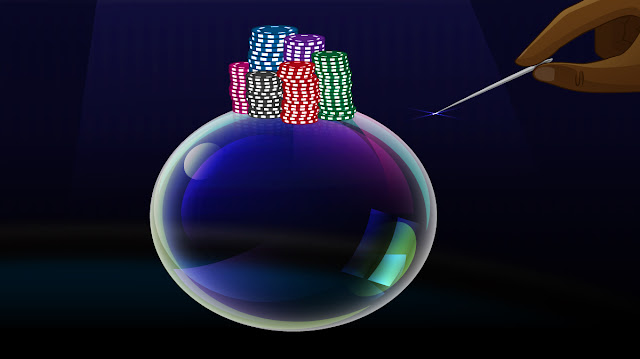Origins of tennis
Some believe that the ancient Egyptians, Greeks and Romans played the role of tennis players. 토토 Drawings or descriptions of such tennis matches have not been found, but some Arabic words dating back to ancient Egypt are considered evident. Proponents of her case have been working to make the actual transcript of this statement available online.
Apart from these two words, the evidence for any form of tennis before the year 1000 is lacking, and most historians pay tribute to the earliest sources of the game to the 11th or 12th century French priests who started playing football. Throw raw against the walls of their monasteries or over ropes stacked on the pitch. The game is called de jeu de paume, which means "game of hands". Many who oppose ancient origins claim that tennis comes from the French community, which means something influential of "take this", which says that one player will serve another.
Popularity brings innovation
As the game became more popular, the playing field began to transform into an indoor courtyard where the ball was still playing on the wall. After an invisible hand is found uncomfortable, the player begins to wear gloves, then a glove with a strong finger or cart, followed by a fold of the arm attached to the handle - of course. Dance wear.
The rubber ball has been around for centuries, so the ball is a fur ball, a fur wrap, a belt, and a leather or leather jacket, and then in the next year, the round shape feels like a baseball. Modern.
The aristocracy learned the game from the monks, and some reports report that there were 1800 courts in France in the 13th century.
The game has become a popular diversion. Both the pope and Louis XVI tried not to allow it to be banned. It spread rapidly to England, where both Henry VII and Henry VIII were enthusiasts who pushed for the construction of several courts.
In the 1500s, a wooden trolley tied to a sheep gut was commonly used as a 3-ounce diamond ball. The first tennis courts were quite different from the modern "grass tennis" most of our courts were used to. The first game became what is called "real tennis" and the Hampton Court of England, built in 1625, is still in use today. Only a handful of courts remain. It is a small yard in the court where the ball is off the wall, which includes many openings and strange angle surfaces that the player intends for various strategic purposes. The mesh is 5 feet high at the end, but three feet in the middle, which creates opacity.
The popularity of the game dropped to almost zero during the 1700s, but in 1850 Charles Goodyear invented the packaging process for rubber, and during the 1850s, players began experimenting with rubber balls bouncing on the grass. Outdoor games are completely different from indoor games that are played off the wall, so many new rules have been developed.
Birth of modern tennis
In 1874 Walter C. Wingfield was granted a patent in London, equipment and rules for a game that was fairly similar to modern tennis. That same year, the first court appeared in the United States. The following year, the equipment was sold for use in Russia, India, Canada and China.
Croquet is very popular right now, and the smooth crockery court has proved comfortable for tennis. The original Wingfield court had the appearance of the narrowest hours, and it was shorter than the modern court. His laws were heavily criticized, and he amended them in 1875, but he left the further development of the game to others.
In 1877 all English clubs held Wimbledon for the first time, and their competition committee established the Rectangular Court and many of the rules, as we know them today.
The net is still 5 feet to the west, a bag from the game's ancestral home, and the service box is 26 feet deep, but by 1882 the specification had evolved into its current form.



Comments
Post a Comment